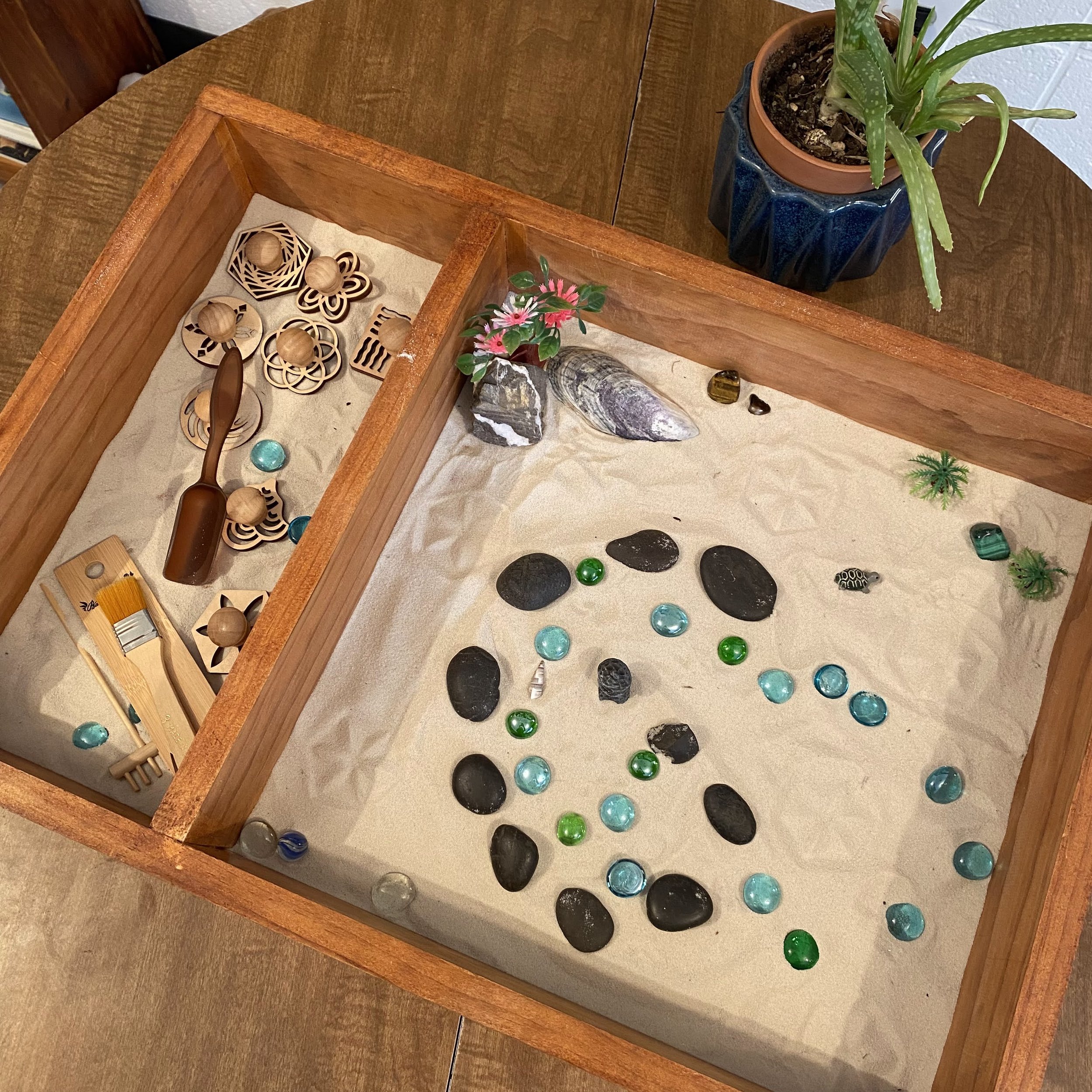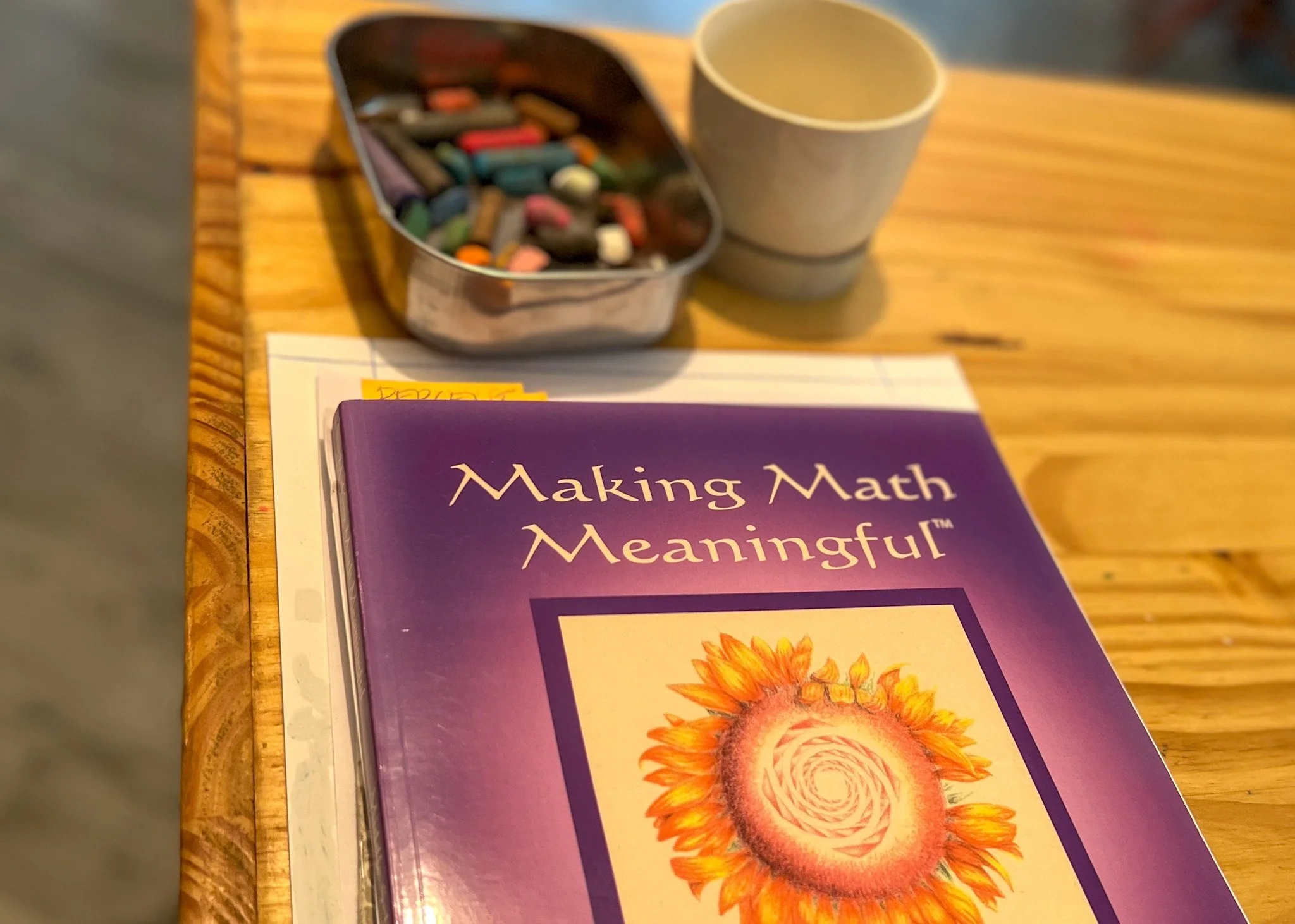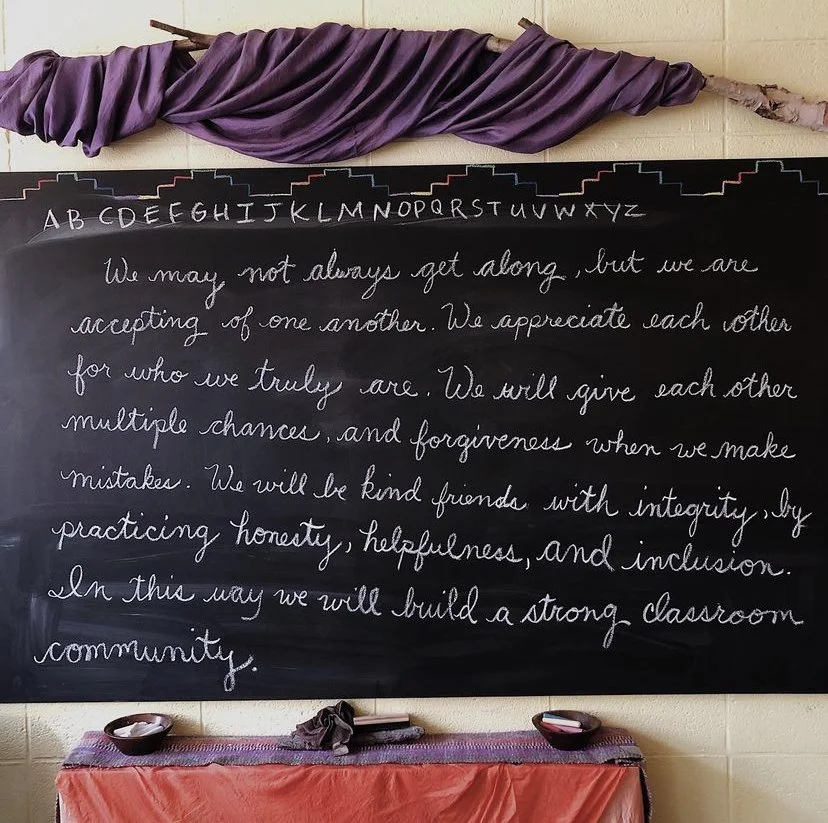No tests, No grades: Holistic Assessment in a Waldorf School
As we all get ready for Parent Teacher Conferences this Fall, many parents may want to learn more about:
how we assess our children at City of Fountains, a Waldorf-inspired school, without using formal grading or testing?
At City of Fountains School, each teacher works with a strong sense of the curriculum gained from their annual teacher training, independent study, and through a number of resources provided by the school. One of the main guiding resources we use is The Tasks and Content of the Steiner-Waldorf Curriculum by Kevi Avison and Martyn Rawson, described as an "indispensable handbook for all Steiner-Waldorf schools and teachers, revised for use in today's classrooms.” This resource breaks down the core principles of Steiner's philosophy of education, along with a comprehensive and soulful description of each of the subjects and corresponding skills for grades 1-8.
Utilizing the above, creativity and discernment, and several other trusted resources and perspectives by seasoned Waldorf professionals, faculty members at City of Fountains are also developing their own scope and sequence to utilize as a guide, and to help with continuity, accountability, and academic integrity. This guide is not a strict rubric nor checklist, but is intended to be a “living” document we tend to regularly as a school; for what we discern now will likely need to shift for the children of tomorrow. This is in alignment with Steiner's philosophy that ultimately, the curriculum must be a "living" one, relevant and alive to the needs of the children of today, wherever “today” may land. A Waldorf teacher must learn how to simultaneously hold the minutia of something like a scope and sequence, and the big picture. Ultimately, the teacher is the artist who sculpts the curriculum for their class with their particular group of children, integrating inspiration, guidance from a number of sources along with their own medication, discernment, and creativity.
With Steiner’s guidance, and the above as our guiding principles, there are additional approaches that Waldorf teachers apply in their assessment of the children’s skills and academic development. Regular observation and note/record keeping, working one on one regularly with the child, opportunity for the child to independently apply concepts and put their skills to the test, and regular skills practice integrated into the rhythm of the block schedule.
Finally, we must not only look at the individual child, but the child as part of the whole of their peer group/class. Personal and individual attention is present in a Waldorf education, but we are also paying attention to the child’s work and development in the context of the group. A Waldorf teacher will frequently observe the children’s work as compared and contrasted to their peers, and may even invite parents to do the same (anonymously and non judgmentally of course) as a window into their child's development.
An annual report is written at the end of each school year, given all the context of the above. An annual parent teacher conference mid year is an opportunity for parent and teacher to connect in person, have a look at the child’s work, hear the teacher’s observations, and share celebrations, questions, concerns, and potential goals and/or plans of support. Parent and teacher are a team, and it is in this spirit of teamwork, collaboration, and support that conferences are held.
All this said and done, with Waldorf education, things run so much deeper and wider. In a way, I’ve begun by putting the cart before the horse. Steiner wanted us to look at the whole picture, the whole child. To work “holistically” means that we’re not just assessing formal academics, but we’re seeing the child physically, emotionally, cognitively, soulfully. It’s likely this is one of the main reasons why we’ve chosen an alternative to the standardization and often dehumanizing forms of education out there. We’ve chosen a Waldorf education for our child because we wanted something different.
The starting point in a Waldorf teacher’s assessment would be in those basic, foundational aspects of a child’s being and what qualities we observe. What qualities are present? Are in excess? In a deficit?
For example, if the quality of heaviness and a kind of sluggishness is present, perhaps the child needs more buoyancy and lightness in the form of activities like trampoline jumping, games, and humor. Waldorf teachers are ever observing and assessing these kinds of things, often working in collaboration with their mentors and colleagues to bring the child what is needed.
This is not a comprehensive list, but the following represents many of the these foundation things a Waldorf teacher may look at in their assessment of the child -
What is the child like physically? spatially? What is their awareness of their body in space like? Gross and fine motor, vision, hearing?
What is their sense of balance like? Their sense of gravity and buoyancy?
How is their appetite and are they getting the proper nutrition?
What are their sleep rhythms like and are they getting enough quality sleep, and breaks in their day?
What is their rhythm like at home and are they receiving the benefits of a sense of predictability?
How does the child’s outer appearance gently reflect the care, rhythms, and nourishment that support their developing sense of life?
What are the child’s moods and attitudes? about themselves, others, school, and home?
How are they socially? What is their capacity to connect with their peers,
What is the child’s capacity for concentration? For getting absorbed in a task? completing a task?
How is their sense of organization? Their capacity to complete multi-step tasks?
What is their capacity for perseverance, resilience?
What is their capacity for developing inner pictures, memory, and thinking?
It is moving from these kinds of foundational aspects and context a Waldorf teacher will expand into examining the qualities of the child’s academic work. Clarity in one area may give clues, refine, and/or support another.
As you can see, a Waldorf teacher works holistically with many tools to guide their assessment, and like a river, the process runs quite deep and wide. Our goal? To support the development of whole human beings who know how to think, who are life long lovers of learning, multi faceted artists, makers, innovators, thinkers, feelers - resilient and prepared for their high school years, and beyond.


